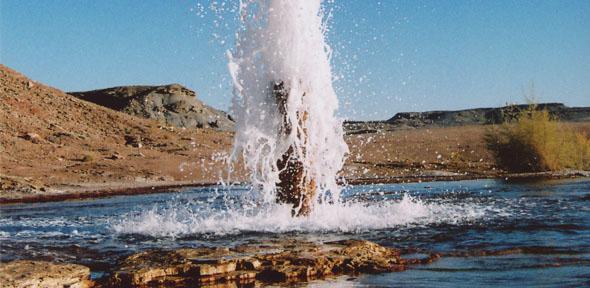
Study of natural-occurring 100,000 year-old carbon dioxide (CO2) reservoirs shows no significant corroding of ‘cap rock’, suggesting the greenhouse gas hasn’t leaked back out - one of the main concerns with greenhouse gas reduction proposal of carbon capture and storage.
By studying a natural reservoir in Utah, USA, where CO2 released from deeper formations has been trapped for around 100,000 years, a Cambridge-led research team has now shown that CO2 can be securely stored underground for far longer than the 10,000 years needed to avoid climatic impacts. It has not significantly corroded the rocks above suggesting the reservoirs is much safer and more predictable over long periods of time than previously thought.
Professor Mike Bickle, Director of the Cambridge Centre for Carbon Capture and Storage, who led the research commented “With careful evaluation, burying carbon dioxide underground will prove very much safer than emitting CO2 directly to the atmosphere.”
Click here to read the full article.
Click here to access the Nature Communications publication.
Image credit: Dr Niko Kampman

